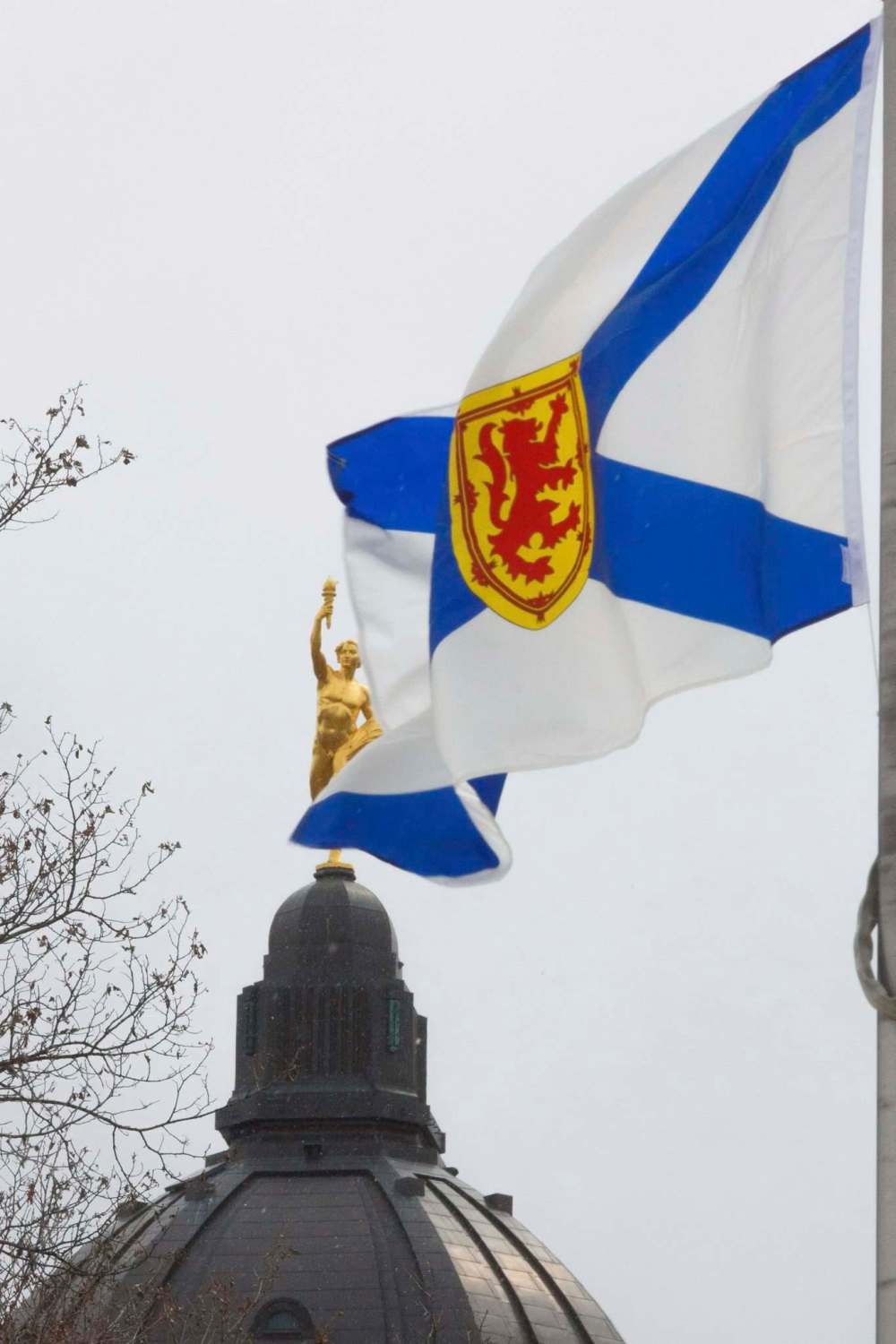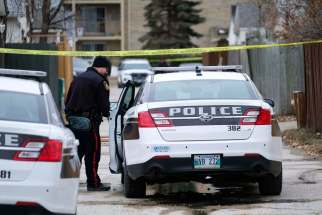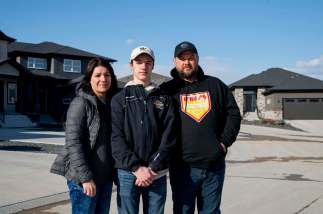Nova Scotia grief, shock hits home in new way
Read this article for free:
or
Already have an account? Log in here »
To continue reading, please subscribe:
Monthly Digital Subscription
$19 $0 for the first 4 weeks*
- Enjoy unlimited reading on winnipegfreepress.com
- Read the E-Edition, our digital replica newspaper
- Access News Break, our award-winning app
- Play interactive puzzles
*No charge for 4 weeks then billed as $19 every four weeks (new subscribers and qualified returning subscribers only). Cancel anytime.
Read unlimited articles for free today:
or
Already have an account? Log in here »
Hey there, time traveller!
This article was published 19/04/2020 (1614 days ago), so information in it may no longer be current.
As the names trickled out, reporters began the grim task of accounting who had been lost.
Brief biographical details gave a sketch of an unbearable cost: a teacher, a nurse, a 23-year veteran of the RCMP. A husband and wife died together; so did another couple and their 17-year-old daughter.
The scope of the violence that stole their lives was vast, and defied explanation. At least 16 crime scenes, spread over dozens of kilometres; a suspect clad in a fake RCMP uniform and driving what police say was a lookalike police vehicle; houses set ablaze and burned to the ground.

In the end, all these strange and unsettling details twist together into a single terrible fact: what happened Sunday in rural Nova Scotia marked the deadliest mass shooting in Canadian history, one that claimed the lives of at least 19 people.
Some of the victims knew the man who allegedly killed them, RCMP said, but not all.
Now, the province, and the whole nation, is left to grieve at a time when all the usual rhythms of life, including those that give solace after a loss, are interrupted. Families will mourn without a proper funeral. For Const. Heidi Stevenson’s loved ones, the regimental service typically held to honour slain RCMP officers will have to wait.
Still, the urge to find strength in gestures of unity rushes forward the way water does: it can flow through and around pandemic containment measures, finding new channels of solidarity, new streams of love. Across Canada, there were candles in windows, with prayers sent along; there is a social media hashtag (#NovaScotiaStrong).
On Sunday, a pilot took a small plane into the air and flew over the affected area of Portapique, N.S.; a track of the flightpath revealed the shape of a heart. On Monday morning, residents lined the road to the Upper Tantallon RCMP detachment to show support, standing vigil while carefully positioned at least six feet apart.

In front of the Manitoba legislative building, the Nova Scotia flag flew at half-mast, catching the afternoon’s dust of late-April snow. In other times, there might have been a vigil, some sort of coming-together to remember the lives lost, but now we must hold space for that grief, and shock, in our own homes.
How will we cope with the full scope of this tragedy, as it unfolds? It is far too soon, to know what the pieces of this terrible puzzle will show. Any other time, journalists from across North America and even abroad would descend, gathering information for the public to know; now, most will try to do that over the phone.
Maybe there is a grace in that. Local reporters always know their own communities best and, in the public stillness of the pandemic, maybe they will have the space to find the heart of the story. It won’t be an easy picture to paint, or to look at, but for the sake of the victims, it must be seen and understood fully.
For journalists, it is a fine line to walk. In his daily news briefing, Prime Minister Justin Trudeau asked media to refrain from publishing the alleged killer’s name and photo, so as not to give him the “gift of infamy.” On Monday, debate erupted on social media over how the suspect’s background should be reported.
These are valid concerns. Experts have long-warned raising the profile of such individuals serves to validate their actions, and can potentially trigger copycat attacks; in recent years, several mass shooters (and the alleged Toronto van attacker) have named others as inspirations for their violence.
Yet, it is necessary key information about the killer be entered into the public record, so the public can build its own picture of what happened. It can give insight into what triggers mass violence; it can reveal potential junctures where a killer might have been identified before they’d had a chance to act.
Sometimes, there is a clear motive, which is almost invariably horrific and hateful but at least gives a shape to the ensuing discussion. Understanding a motive gives a place to focus attention, something to push against and unravel in hopes of stopping the next similarly-motivated attack before it begins.
What is harder to take is, when we search and find none. It’s been more than two years since a man opened fire from a Las Vegas hotel window, slaughtering 58 people, and even the FBI still has little insight into motive. It was not terrorism, as strictly defined, but in a way the absence of clear motive makes it the most terrifying of all.
So as the news trickled out from Nova Scotia, the seeming randomness of it sent shivers down the spine. For now, we know little about the man who allegedly committed the crime, save for the fact he had a obsession with police and kept two properties in the area where the killing spree began.
We will learn more in the days ahead. If anything can be salvaged from this destruction, perhaps it will be a chance to better understand the storms that rage in a human mind, which can foment such violence.
For now, all we can do will be to hold close the memory of so many lives stolen, and hold hope for days of healing ahead.
melissa.martin@freepress.mb.ca

Melissa Martin
Reporter-at-large
Melissa Martin reports and opines for the Winnipeg Free Press.
Our newsroom depends on a growing audience of readers to power our journalism. If you are not a paid reader, please consider becoming a subscriber.
Our newsroom depends on its audience of readers to power our journalism. Thank you for your support.









